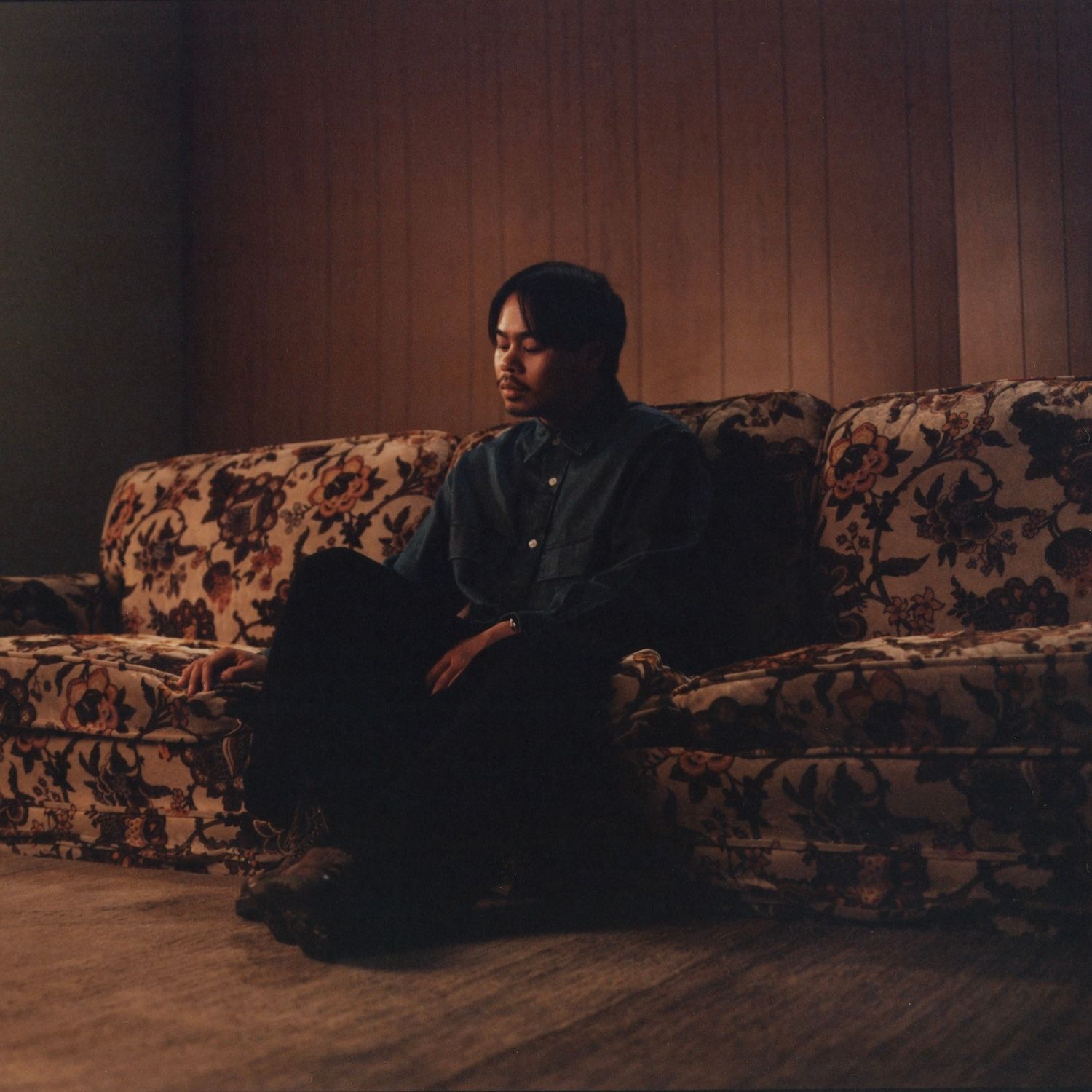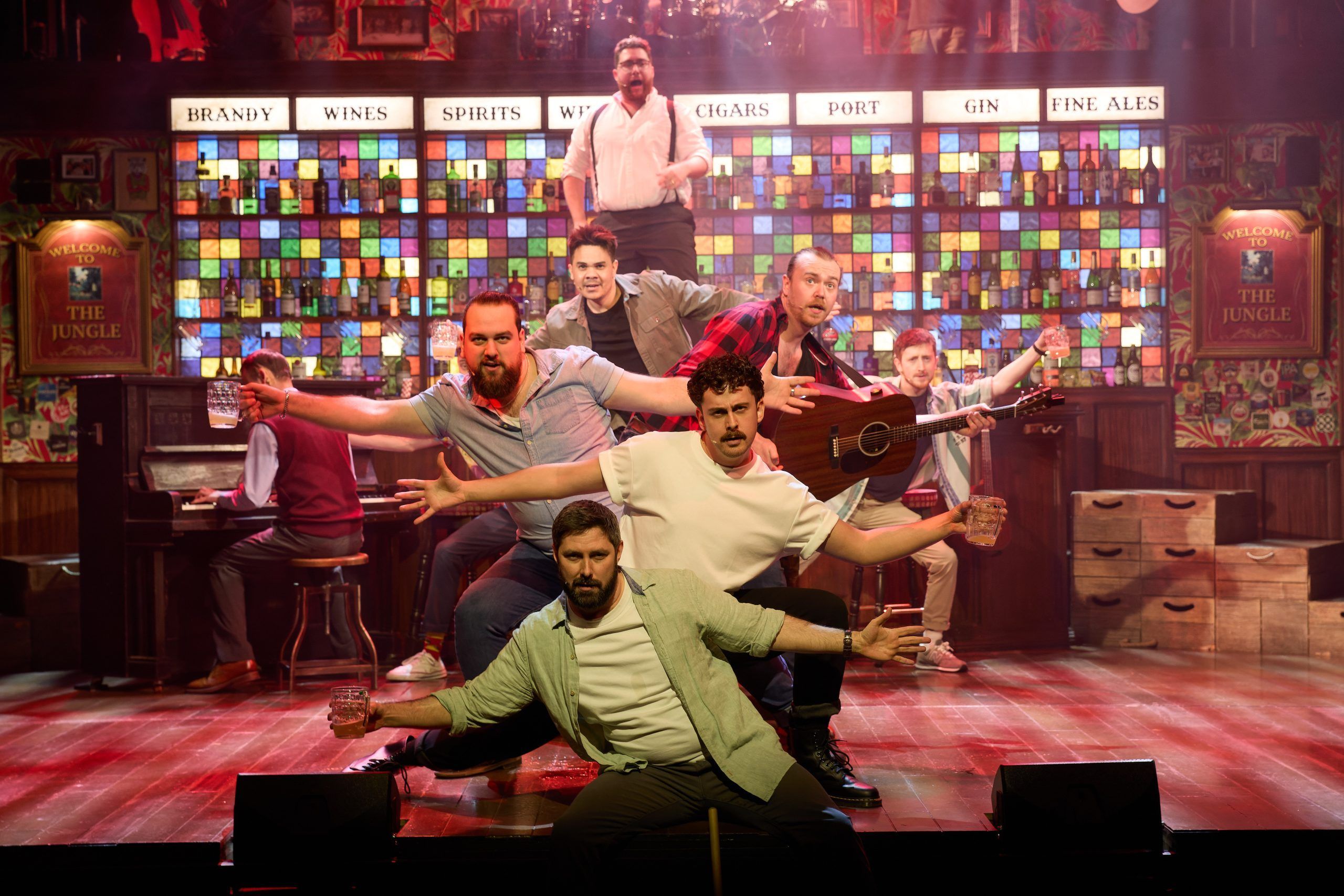Decades passed, but Saint Laurent remains one of the most famous fashion houses of the century.
Established and founded in 1961, Saint Laurent, formerly known as a House of Haute Couture, Changed the interaction between fashion and society.
In 1966, it surprised the world of fashion with its innovative clothing lines, which were available on a larger scale than its exclusive collections.
Now, let’s take a look at the lasting legacy of Saint Laurent and Saint Laurent authentication service!
The Beginning of Androgyny – Changing People’s Fashion Preferences
In the 1960s, women commonly wore tailored skirts, suits with over-sized buttons, short boxy jackets, and stiletto heel shoes. Geometric dresses were also the famous fashion style during that time.
But who knew that the 1960s would have been the time for women innovation? Their elegant fashion sense transformed into a bolder and braver fashion statement.
In the early 1960s, capri pants and drainpipe jeans made noise all over the industry. Casual dress has become more androgynous. In western society, trousers had been viewed as masculine. But women had started to appreciate and accept it.
Saint Laurent is one of the fashion houses that greatly influenced the revolution. In 1966, Saint Laurent menswear–inspired tuxedo exclusively for women debuted, and it became a big hit, radicalizing evening wear and transforming how women dressed.
Before, it was uncommon to see ladies in menswear-like tuxedos. Things have changed. It has become part of fashion, and most celebrities cannot help but give it a shot.
A Combination of Fashion and Art
While combining contemporary art and fashion is no longer new, Yves Saint Laurent was one of the prominent designers who made that change possible.
In 1965, Saint Laurent launched its Mondrian collection, inspired by George Braque, Andy Warhol, and Van Gogh, consisting of six shift dresses to pay tribute to his favorite famous painter Piet Mondrian.
In the 1965 Autumn-Winter collection, the wool jersey was inlaid, creating the fashion house’s textile version of Mondrian’s sense of geometry and paintings.
Models Wore no Bras in Runways
Apart from the menswear-inspired tuxedos, Yves Saint Laurent surprised people again with the way his muses wore miniskirts. They went braless under couture gowns and organza blouses to assert gender equality – not to please the audience, breaking the fashion world’s tradition and making him an influential fashion designer.
Cultural Diversity in Fashion
Racism is ingrained in the fashion industry. Before, the whites were the only casts in the biggest fashion names. But in the 1960s and 1970s, Yves Saint Laurent focused on diverse casting, including Rebecca Ayoko, Katoucha Niane, and Iman, fighting against racial discrimination and providing equal opportunities for everyone regardless of race, gender, and culture.




